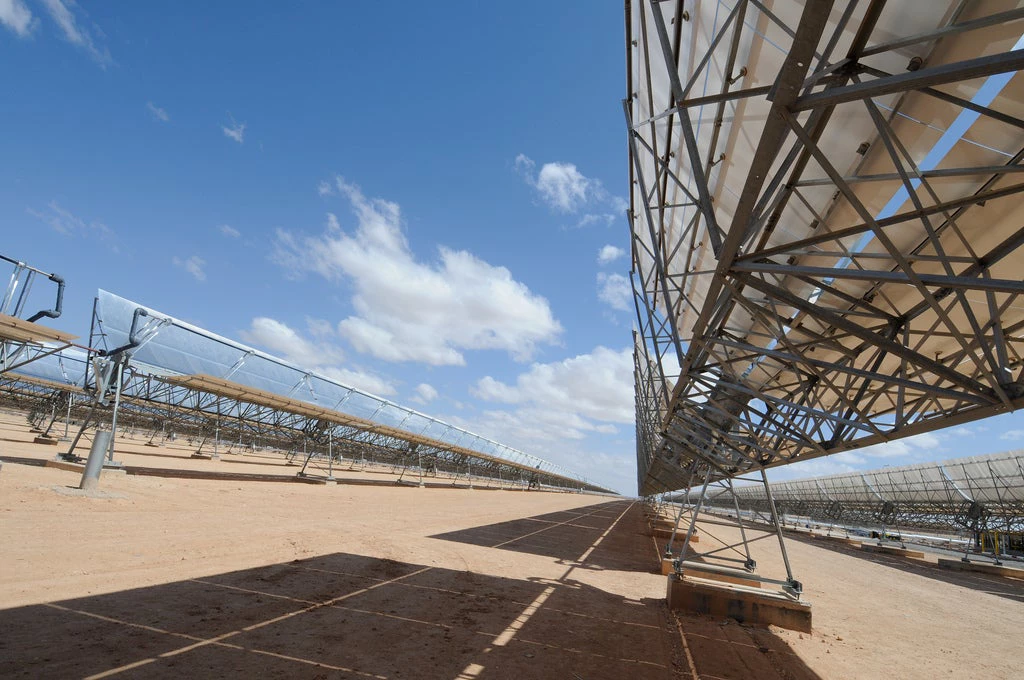
Global warming can be limited by reducing or avoiding greenhouse gases stemming from human activities — particularly in the energy, industry, transport, and building sectors — which together account for over 75% of global emissions. So low carbon technologies are key to achieving mitigation while creating new economic opportunities.
Since 2008, the $5.3 billion Clean Technology Fund (CTF) - one of the $8.1 billion Climate Investment Funds' (CIF) four funding windows —has been partnering with multilateral development banks (MDBs), including the World Bank and the IFC, to provide concessional financing to large-scale country-led projects and programs in renewable energy, energy efficiency and sustainable transport.
As the world gets ready for the climate negotiations in Paris later this month, the governing bodies of CTF met in Washington D.C. MDBs, donor countries, recipient countries and civil society organizations gathered to, among other things , share the results and lessons of how the CTF is reducing greenhouse gas emissions, creating energy savings, and improving the lives of some of the world’s poorest people by creating jobs and reducing pollution.
The CTF report card is based on the results from operational projects and programs over a one year period. In total, the CTF has achieved 20 mtCO2e in emission reductions — that’s the equivalent to taking four and a half million cars off the road or shutting down six coal fired power plants.
The CTF has also attracted over $4 billion in co-financing from government, bilateral sources and the private sector. This is crucial because the investment needs for low carbon growth are substantial. Public resources can bridge viability gaps and cover risks that private actors are unable or unwilling to bear, while the private sector can bring the financial flows and innovation required for further scaling up. The finance needs to keep flowing if we are to responsibly, economically and sustainably reduce emissions in our warming world.
CTF projects are also contributing to energy savings of over 3,900 GWh per year with most of the projects situated in the Europe & Central Asia region. This is an increase from the last year and is roughly equivalent to taking over half a million passenger vehicles off the road.
And over 1 GW in renewable energy capacity has been installed in 12 months. Wind is proving to be the most popular technology. Our projects and programs show it is one of the most installed technologies, up almost 50 percent over last year. Geothermal and concentrated solar power (CSP) are also growing parts of the CIF portfolio — and CIF investments are expected to lead to more than one-quarter of the current global installed capacity for both technologies.
For example, in Mexico, CTF projects and programs are working to reduce the risk associated with geothermal energy, by supporting exploration, drilling, field development, construction and operation phases of various geothermal projects. Mexico already ranks fourth in the world in geothermal electricity production.
And in Morocco, the world’s largest CSP plant is expected to be inaugurated by King Mohammed VI this month. Once online, it will produce enough energy to serve over one million Moroccans and still have energy left over for export — as well as reduce CO2 emissions by 700,000 tons per year.
CTF success stories like those named above are facilitating growth and investments in industries like concentrated solar power, geothermal and wind all over the world. When stakeholders see results like this, the risk perception is lowered and the money begins to flow into the clean technology sector.
By working across a number of countries on selected technologies, CTF’s work is having a truly global impact — providing technical knowledge, decreasing project costs and driving investments.


Join the Conversation